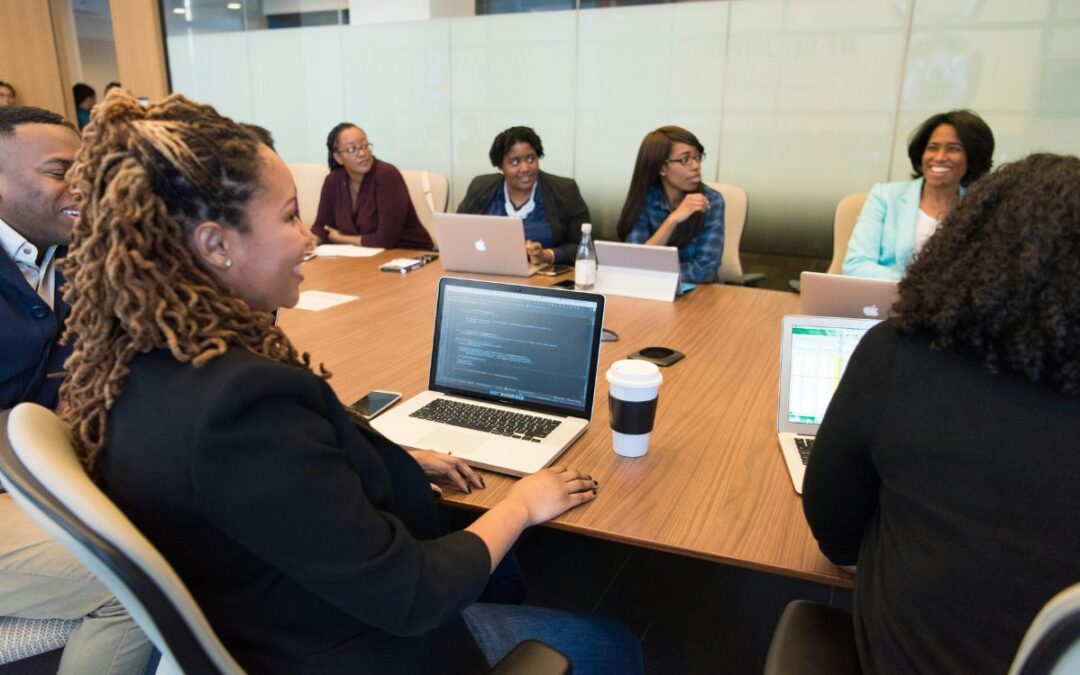 Lately I’ve been getting several invitations on LinkedIn either from people I don’t know or from people who get past some of the LinkedIn screening features by claiming they know me from working together someplace I have never worked. In both scenarios, I am rarely given an explanation of why they want to connect; just the standard “I’d like to add you to my network” line.
Lately I’ve been getting several invitations on LinkedIn either from people I don’t know or from people who get past some of the LinkedIn screening features by claiming they know me from working together someplace I have never worked. In both scenarios, I am rarely given an explanation of why they want to connect; just the standard “I’d like to add you to my network” line.
I’m certainly not a LinkedIn prude and I do connect on LinkedIn with people I don’t know…If they tell me how they heard about me and why they think we should connect.
Part of the beauty of LinkedIn is the ability to transcend geography, industry, profession, and age to meet new people who can add value to your network and who you can offer reciprocal help. It’s all about building long term relationships. So if you want to connect with me, tell me why you think we should “be in a relationship.” Don’t invite me into your network with no explanation…I’m not into one night stands.



I’m with you, Barbara. Linked In is about building relationships, not Rolodexes. A canned invitation says “it’s all about me” and is a huge turnoff.
Something I’ve recently noticed is getting canned invites from people who say I’m a friend … to circumvent Linked In’s email restriction … and they don’t know me from Adam. Integrity is pretty high value of mine … just saying.
I agree. LinkedIn can be an extremely valuable resource in looking for jobs. However, just like any other online activity – it is all in how you use it. If you send a canned invitation which indicates “it’s all about me” without any indication of how you know me or why I should connect with you – it gives me a negative impression of you.
It is much more powerful and better to be careful on who you connect with directly. If you just want to build your “network” on LinkedIn so you have access to more people – there are better ways then just trying to randomly connect with people you do not know. Instead, look for some of the open networkers on LinkedIn who, if you are so inclined, you can connect with – and instantly you will have hundreds of thousands, if not millions, on LinkedIn who you are within 3 degrees of.
Then, if you want to get introduced, you can if you have a good reason to do so. You can also subscribe to InMail (for a charge) to be able to directly email anyone on LinkedIn you want to contact.
Note, it is important you do not invite people you do not know and randomly invite them. It is highly likely no only would one get a bad reputation which can haunt them – you also could be banned from contacting or inviting anyone at all. LinkedIn restricts users who get too many “I don’t know you” responses from people who invite people without real connections.
Hi Barbara,
I completely agree with you on the importance of sending a personalized invitation. While I think it’s certainly possible for a new LinkedIn member to assume they are supposed to use the “form provided” to invite someone to connect (and that such a mistake can be overlooked), using the generic LI “invitation” line does not convey that any real thought–or consideration for the other person–has been put into the request. That’s not a great way to build relationships on LinkedIn, or anywhere else.
Shahrzad,
True…sometimes people use the canned invite because they don’t realize they have options. I give those people the benefit of the doubt…I don’t accept their connections, but I don’t reply that I don’t know them either, since too many of these responses can get them kicked off of LinkedIn.
Robin,
Great info, thanks!
Cindy,
Yep…people are figuring out ways to work the system…it’s kind of sad. If someone wants to find me they can…LinkedIn or no LinkedIn…and they can write me a personal note…I don’t know why some feel this fake approach is better.